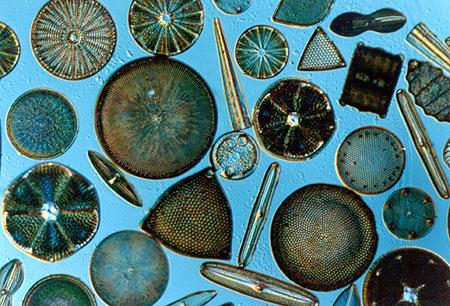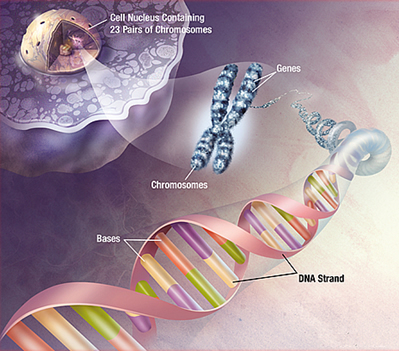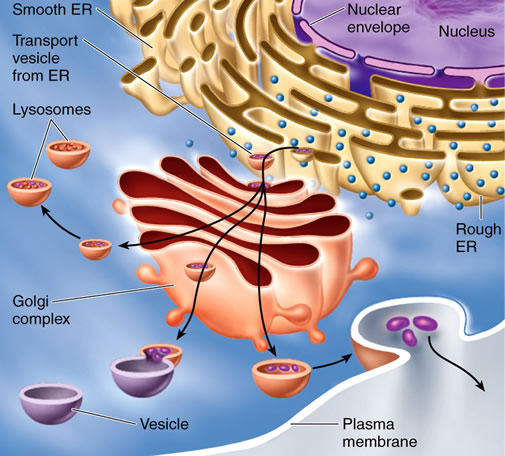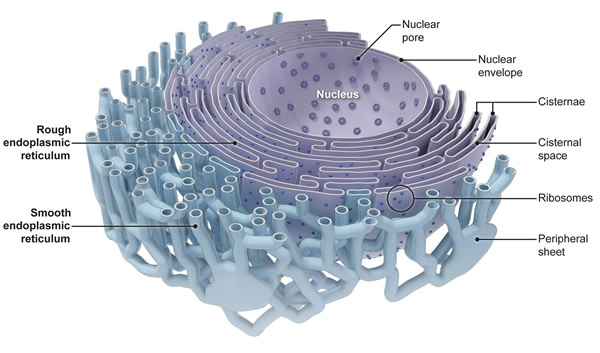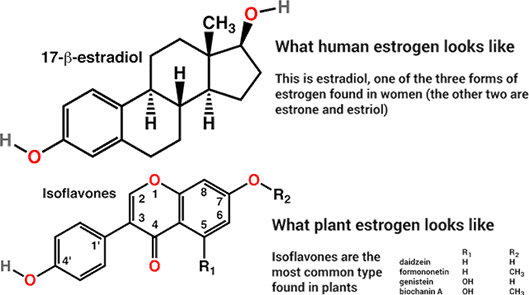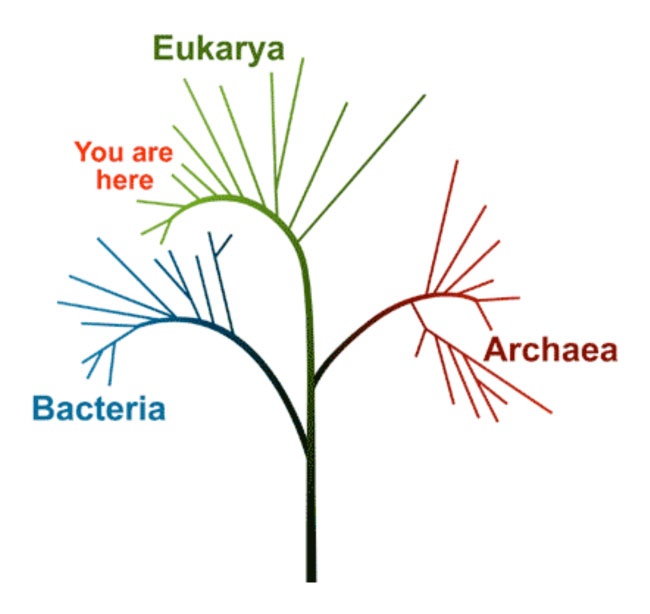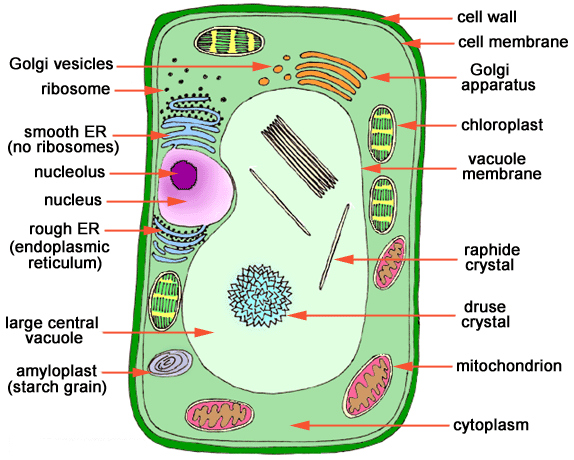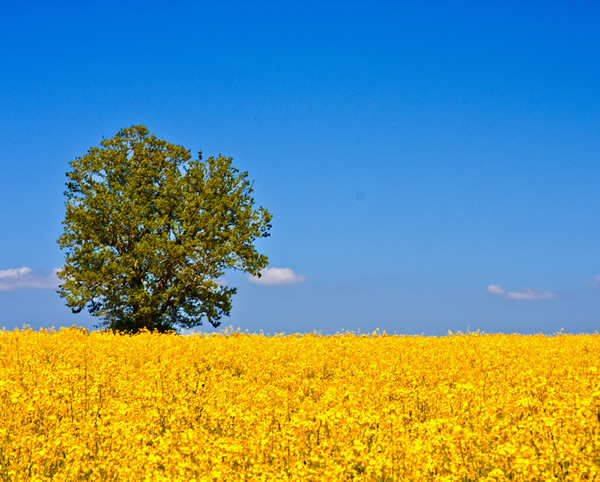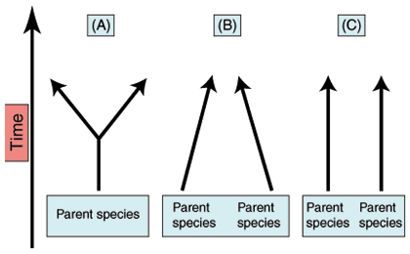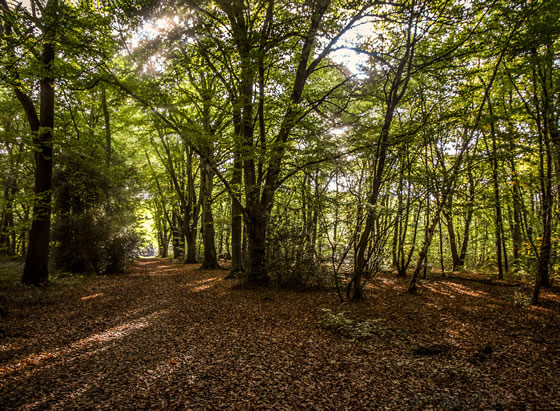 |
| Deserts |
Regions characterized by 10 inches or less of precipitation per year as considered deserts. Plants in desert biomes are typically specialized to endure the harsh conditions found there.
Deserts are regions, or biomes, too dry to support grasslands or forest vegetation but with enough moisture to allow specially adapted plants to live. In deserts, hot days alternate with cold nights.
Ninety percent of incoming solar radiation reaches the ground during the day, and 90 percent of that is radiated back out into space at night, the result of the absence of clouds, low humidity, and sparse vegetation.

